Multimode fiber cable Buying Guide + Great Price
Multimode or single-mode fiber optic cable has a supporting range in terms of distance that must be never forgotten and be considered before choosing one to buy.
multimode fiber cable types
This article is a full guide to choosing the right cable depending on the distance, as it was mentioned as a decisive factor.
The majority of today's cutting-edge business networks are supported by multimode fiber optic cable.
Because multimode fiber optic networks are more effective, simpler to establish, and substantially more cost-effective than single-mode systems, they are the system of choice for organizations of all sizes, from sole proprietorships to multinational corporations.
There is just one thing that stops multimode fiber from becoming the ideal solution for network problems, and that is the distance constraints of multimode fiber.
When it comes to cost, single-mode fiber networks are unable to compete with multimode systems.
On the other hand, multimode fiber has a significantly lower data transmission range.
As networks expand and the required data transmission speeds and volume rise, network designers and integrators like you will need to find out how to control the distance limits of multimode fiber in order to construct and maintain fiber optic networks that satisfy the requirements of your firm while staying within your financial constraints.
This concise guide has been compiled for the purpose of assisting you in better comprehending multimode fiber distance constraints and the methods by which you may control them to guarantee that the network at your firm is optimum for performance, efficiency, and cost.
A Concise Introduction to the Distance Limits of Multimode Fiber
The optical property of multimode fiber is that it can simultaneously transmit many rays of light.
The core of multimode fiber is significantly larger than that of single mode fiber (50–62.
5 m versus 9 m), which enables light to reflect off the fiber's walls as it travels.
Although the larger core of multimode fiber makes it possible for the fiber to accommodate several data protocols and send numerous signals at the same time, this larger core also reduces the range over which signals may be transmitted.
There is a phenomena known as modal dispersion that takes place whenever light moves through a fiber optic connection.
Modal dispersion is a fancy term that refers to the process by which the optical energy becomes dispersed and the signal loses its integrity.
It is worse with multimode fiber because the route that light takes as it travels through the fiber is more jagged.
The more light travels, the more severe the effects of modal dispersion become.
After a certain distance, the signal will have become so dispersed that the devices it is being delivered to will no longer be able to differentiate between it and other signals.
As a consequence of this, the maximum distance at which data may be transmitted across multimode fiber is utilized as a criterion for determining the distance limits of multimode fiber.
Within a local area network (LAN), which can include campuses, buildings, and data centers, the media choice that is most frequently utilized is a multimode optical fiber.
This type of fiber is used for both the backbone and horizontal distribution.
Let's take a more in-depth look at the many possibilities for multimode fiber, categorizing them according to the required bandwidth and distance.
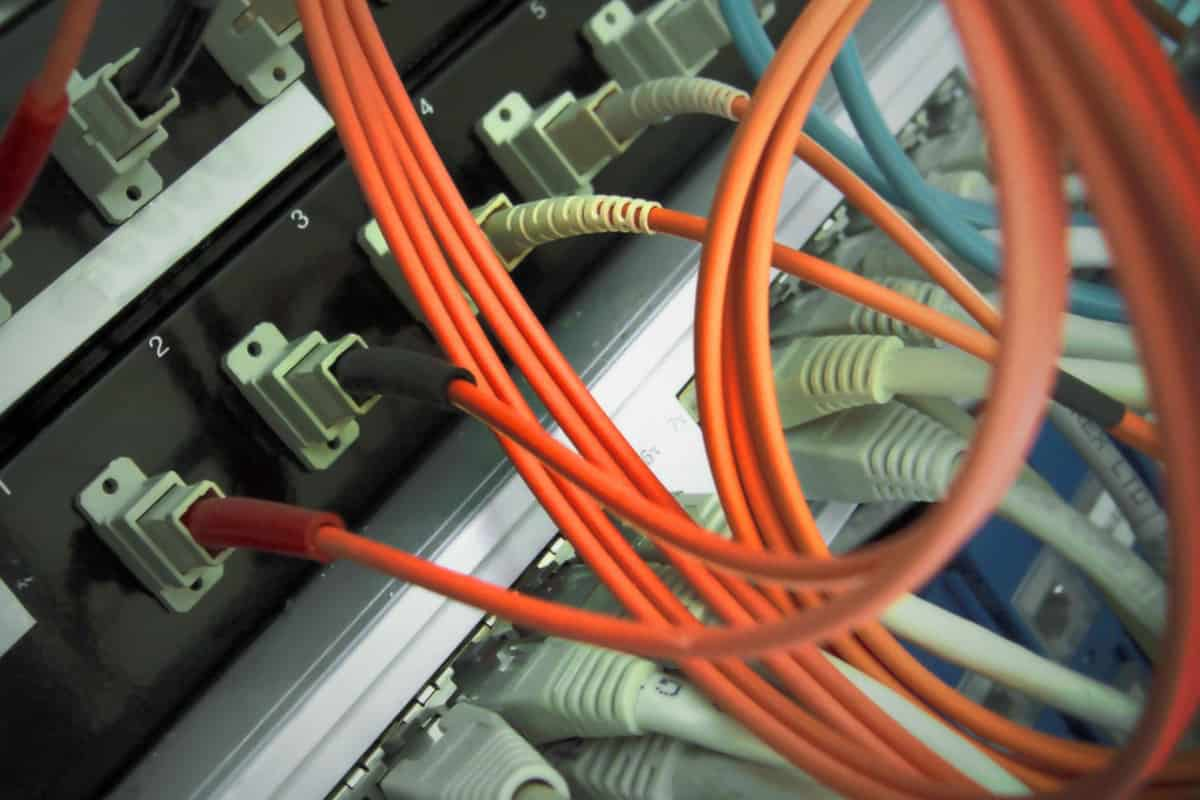
1 GB/S NETWORKS
The vast majority of today's enterprise fiber networks are still powered by 1000BASE-SX, which is capable of delivering up to 1 Gb/s across multimode.
The maximum distance that 1000BASE-SX can be supported at by OM1 cable is 275 meters, whereas the maximum distance that OM2 cable can support is 550 meters.
Because OM3 and OM4 were introduced after the writing of the 1000BASE-SX standard, the distances listed in the chart below for up to 860 meters are based on the figures for the gigabit Fibre Channel.
If an IT manager needs to transmit data across a distance of more than 860 meters, they should probably look into using single-mode cable rather than multimode cable.
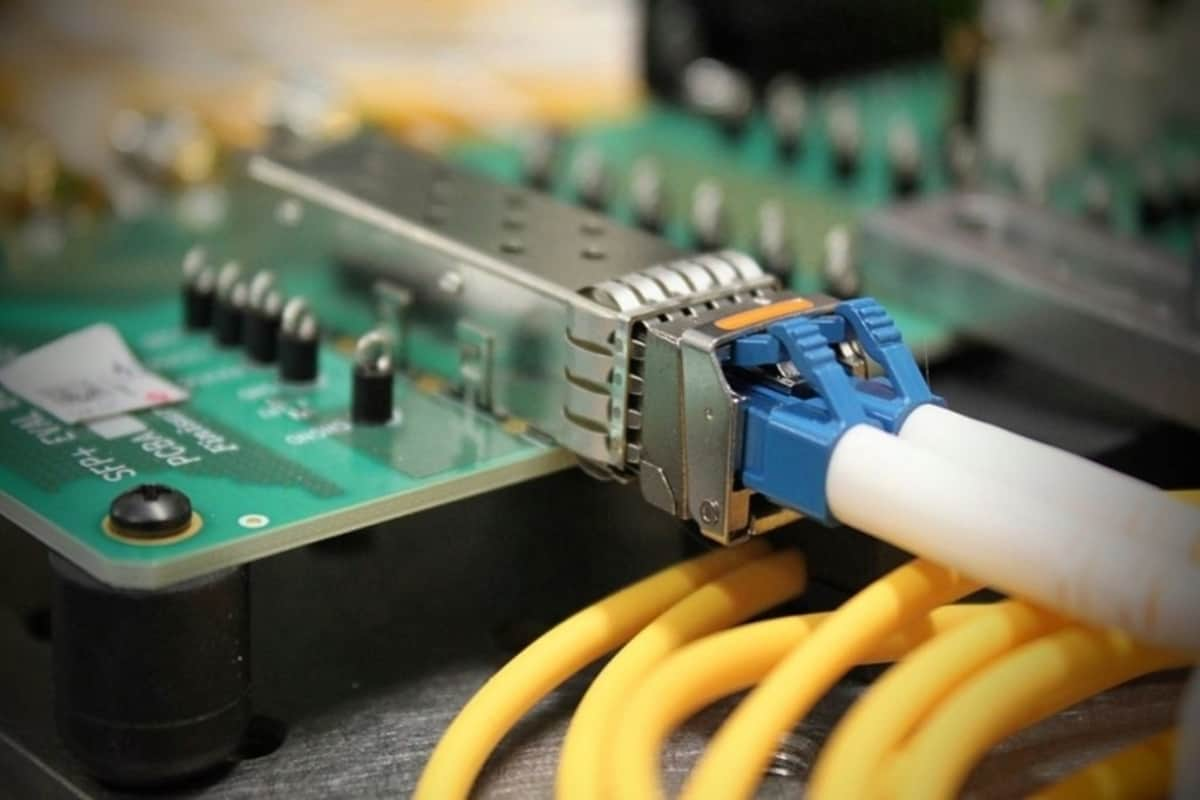
10 GB/S NETWORKS
Many enterprise networks are making the transition from 1000BASE-SX to 10 gigabit networks, such as 10GBASE-SR, which are faster than the older technology.
When thinking about distance, this is the point where it truly starts to matter.
When utilizing 1000BASE-SX, a network that uses OM1 can reach a maximum distance of up to 275 meters, but when using 10GBASE-SR, it can only reach a maximum distance of 33 meters.
In a similar manner, the maximum range of OM2 fiber for 1000BASE-SX is 550 meters, whereas the maximum range for 10GBASE-SR is 82 meters.
The implementation of OM3 brought that distance up to an enterprise-wide maximum of 300 meters, making it significantly more useable.
According to the chart that may be found above, the maximum distance that 10 Gb/s can go over OM4 is 400 meters.
The TIA and the IEEE have established this restriction based on the presumption that the worst possible outcome will occur.
On the other hand, it's possible that these distances could go as far as 500 or 550 meters.
The transceiver's spectrum width of 0.
65 nanometers is the basis for the 400-meter limit; however, the vast majority of these transceivers manufactured nowadays have a spectral width of 0.
47 nanometers, which means that you may typically extend further than 400 meters.
You need to have a discussion about this matter with the maker of the cable.
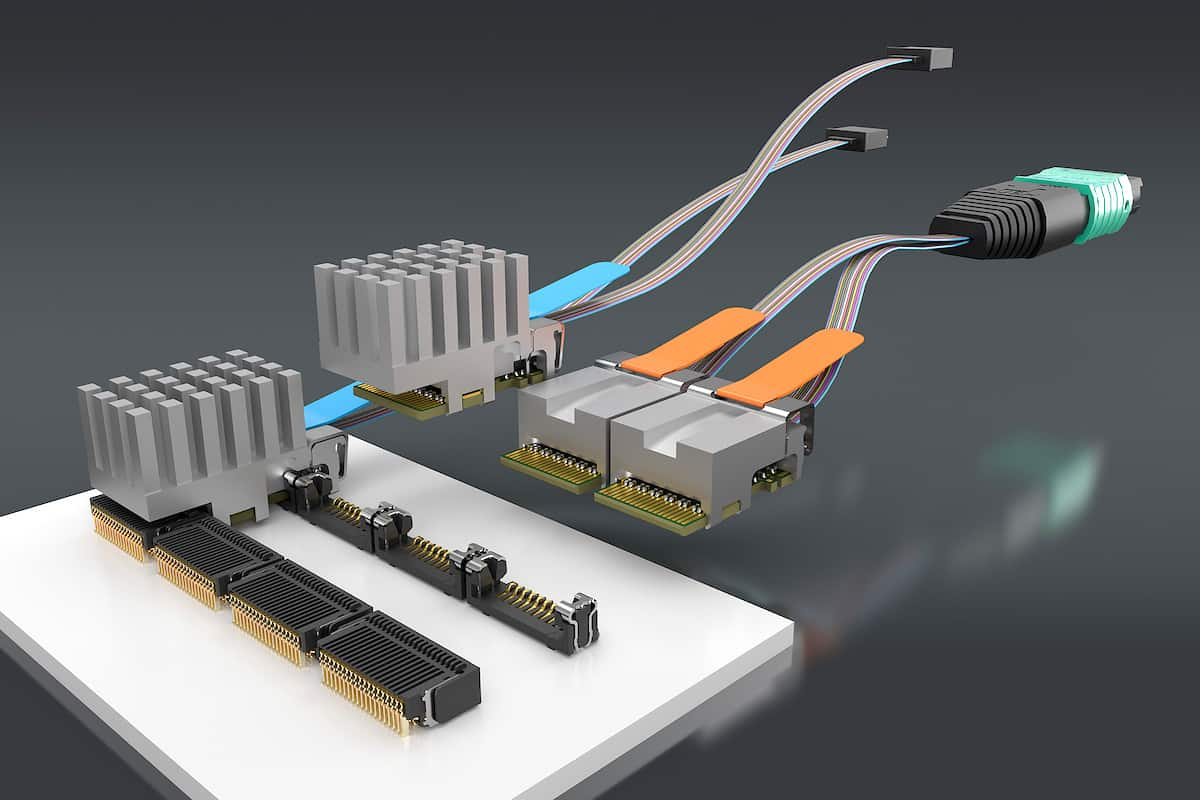
40 AND 100 GB/S NETWORKS
If you want to use multimode for 40 Gigabit Ethernet, you will need a connection of the MPO design, and you can't use older OM1 or OM2 fiber.
40GBASE-SR4, which uses four transmitters and four receivers, is the protocol you'll want to employ.
In addition, the distance restrictions for OM3 will be reduced to 100 meters, while those for OM4 will increase to 150 meters.
The original purpose of the 40GASE-SR4 standard was for the data center, with the large majority of the links in data centers being less than 100 meters in length.
However, the normal length of a link between enterprises is significantly further than 100 meters.
These networks will most likely implement 10GBASE-SR over the entirety of the campus, and then 40GBASE-SR4 in the respective server and communications rooms.
Moving to 100GBASE-SR4 decreases the supported length even further to 70 meters over OM3 and 100 meters over OM4.
This is one of the reasons why we are seeing an increase in the development of OM4 fiber and the consideration of single-mode, which is not as far limited as multimode.
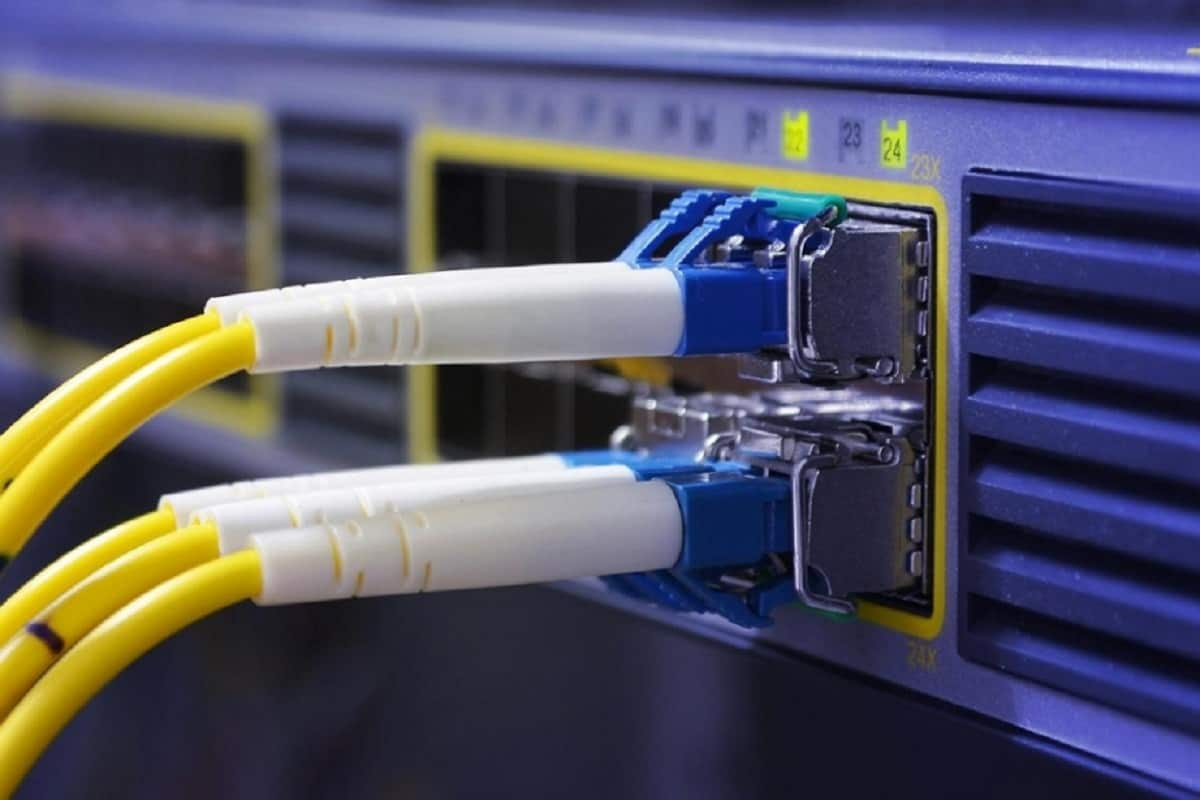
Fiber cable distance guide
In this part of the article, we will guide you to manage distance limits.
You Can Manage the Distance Limits of Multimode optical Fiber in Three Different Ways
Although there is no way to totally eliminate the distance constraints of multimode fiber, there are techniques to control them and enhance the range of your multimode fiber network.
There is no way to completely eliminate the distance limits of multimode fiber.
Let's take a look at the three approaches that have shown to be the most successful.
1- Determine which Fiber is most appropriate for Your Project.
Selecting the type of multimode fiber that is optimal for the use you have in mind is the most fundamental step in managing the distance constraints of multimode fiber.
There are five different grades of multimode fiber that are considered industry standards.
As can be seen from the table that follows, they vary in terms of size, the source of their optical signal, bandwidth, and the maximum distance that can be traveled at each speed.
In addition to this, they are priced differently, with OM5 being the priciest and OM1 being the most affordable option.
In most cases, the only appropriate application for OM1 is to patch or fix already existing networks.
Because they utilise cutting-edge VSCEL (LASER) sources rather than conventional LED sources, OM3, OM4, and OM5 are able to provide greater bandwidths and greater distance limits than their predecessors.
If you need additional bandwidth and data transfer ranges, OM4 is a suitable alternative, but OM3 is a reasonable solution for most corporate applications.
OM5 is ideal for use in data centers and other applications that require high speeds.
When selecting your multimode fiber, make sure you don't forget to plan ahead and take into account both your current and future requirements for bandwidth and distance.
2- Think About Using Longer Wavelengths The bandwidth and distance constraints of industry-standard multimode fiber are based on a wavelength of 850 nm.
However, modern fiber optic cables and equipment are capable of efficiently transmitting signals using three wavelengths: 850 nm, 1300 nm, and 1550 nm.
It is possible to transmit higher wavelengths more effectively, which results in reduced modal dispersion and greater effective transmission distances.
Fiber optics that employ 1300 nm and 1550 nm are more costly than devices that operate at 850 nm, but the price difference is typically not prohibitive, and the additional range is frequently worth the additional cost.
850 nm devices operate at a wavelength of 850 nanometers (nm).
3- Make the Most of Available Technology
However, scientists and engineers have developed technology that can help mitigate the effects of model dispersion and extend the data transmission range of multimode fiber networks.
Although they have not figured out how to modify the laws of physics and eliminate model dispersion, this does not mean that they have not tried.
You can achieve Gigabit Ethernet multimode fiber routing path of up to 2 kilometers with the assistance of technology like Wavelength Division Multiplexing (WDM) and developed small form-factor pluggable (SFP) optical fiber transceivers.
This is a significant increase from the industry standard limits.
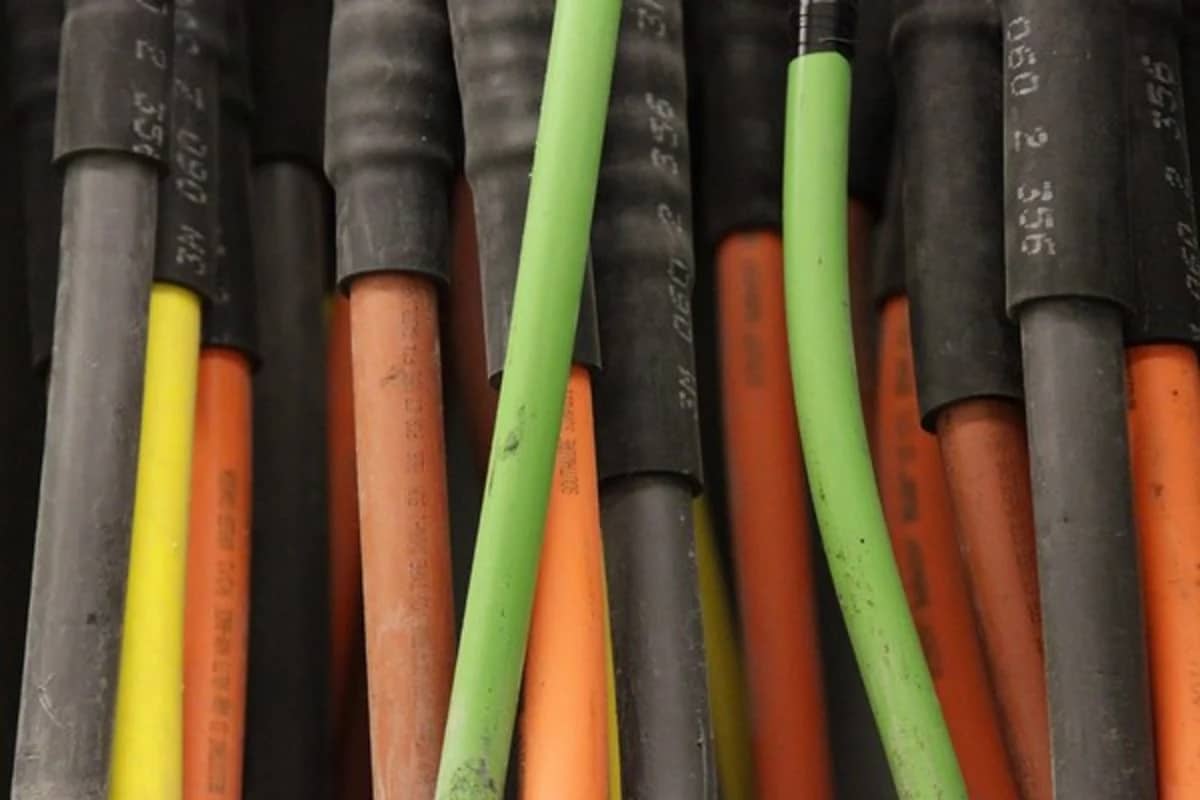
How useful is this article to you?
Average Score
5
/
Number of votes:
1





